When you download Threads — the new, Meta-made Twitter-clone released last week — you’re asked to make a decision that will determine your Threads experience. Do you want to automatically follow all of your Instagram followers?
I said yes without thinking. And I’ve been thinking about that decision for the last few days — and how it’s shading my experience (and pretty much everyone else’s). The existence of the question is what has made Threads so immediately successful: the ability to automatically port follows and followers is novel (at least at this level) and enticing (particularly for anyone who’s tried to make a profile in one of the half dozen other Twitter replacements and found the entire process exhausting).
It’s like buying a pre-fab house, or getting one of those overpriced and overpackaged meal kits in the mail. Your meticulously tailored feed is there waiting for you. All you need to do is scroll.
The way people post on Twitter is different from the way people post on LinkedIn which is different than how people post Facebook which is different from the way people post on Instagram, no matter how much Facebook keeps telling you to cross-post your IG stories. Some people whose job relies on onlineness (like me) have to refine their voices, their ways of being, across several platforms. But most normal people have found their lane — the medium that fits their message — and have stuck with it.
People post where they feel public speech “belongs.” For some, the only speech they feel should be truly public should also be “professional.” Hence: LinkedIn, where the only associated image is a professional headshot, and the only conversations are those related to work. The Facebook of the 2010s was for broadcasting ideological stances under your real name and fighting with your close and extended community about them; now it’s (largely) about finding advice (and fighting about advice) in affinity groups (often) composed of people you’ve never met.
Twitter is where you could publicly (if often anonymously) fight, troll, dunk, harass, joke, and generally speak without consequence; it’s also where the mundane status update/life musing (once the foundation of Facebook) could live peacefully. Twitter was for publicly observing — through the scroll, but also by tweeting, retweeting, quote tweeting — while remaining effectively invisible, a reply-guy amongst reply-guys, a troll amongst trolls.
Which is how some people really would like to navigate the public sphere: with total freedom and total impunity. On the flip side, Twitter was where you spoke with your real (verified) name — and with great, algorithm-assisted importance. You could amass clout simply by rephrasing others’ scoops in your own words, declaring opinions as facts, or just declaring. If Twitter was gendered masculine — which it certainly was, and is arguably even more so now — it was only because all of those behaviors are as well.
Tiktok is for monologues, for expertise, for timing and performance. It’s without pretense. It rewards the esoteric, the visually witty, the mimetic — even more than Twitter. On TikTok, you don’t reshare memes, you use them as the soundtrack to your reimagining, even if that reimagining is just “what if I do the same dance, only with my slightly dorky parents?” Like YouTube, far fewer people are posting than consuming, which means that most people aren’t speaking at all.
And then there’s Instagram. People think Instagram is for extroverts, for people who want to broadcast every bit of their lives, but most Instagram users I know are shy — at least with public words. Instagram is where parents post pictures of their kids with the caption “these guys right here” or a picture of their dog with “a very good boy.” The text doesn’t matter; the photo speaks loudest. Each post becomes overdetermined, especially when so readily viewed within the context of the greater grid. The more you understand your value as the sum of your visual parts, the more addictive, essential, and anxiety-producing Instagram becomes.
That emphasis on aesthetic perfection is part of what feminizes Instagram — but it’s also what makes it the most natural home for brands, celebrities, and influencers. When brands actually say something, it’s almost always hokey. Catchphrases are ridiculous; no one hears the words to a jingle. But a static image can communicate a whole lifestyle — and brands have had decades of practice honing the practice in magazine ads and catalogs. And what is an influencer if not a conduit for brands? What is a celebrity if not a conduit for their own constellation of brands?
If LinkedIn is the place where you can pretend that your whole life and personality is “business,” then Instagram is where you can pretend it’s all some form of leisure — or at least fun. A “fun” work trip, a “fun” behind-the-scenes shot, a brand doing the very hard work of trying to get you to click through and make a purchase with images that are fun fun fun. Which, of course, is different than funny: the only “funny” content on IG comes from accounts that are pretending to be other social networks (screenshots of tweets, for example, or reels that are actually imported TikToks). Instagram is serious and sincere (see: the success of the social justice slideshow) and almost never ironic — maybe because static visual irony is pretty hard to pull off.
Instagram is a great place to post an announcement and feel celebrated or consoled but not feel like you have to respond to people, which, again, is one of the most reasons it’s great for celebrities. The conversation is easier to both control and ignore; of all the social networks, it most closely resembles the fawning broadcast style of the fan magazine, only the celebs control the final edit, not the magazine publishers.
Twitter was for thoughts, and Instagram is for vibes — and Threads is trying to pull your Instagram feed into a Twitter format. And I’m here to tell you: THE VIBES ARE OFF.
I follow J.Lo on Instagram, for example, because I adore, ABSOLUTELY ADORE, the way she allows “candids” of Ben Affleck speak about their relationship. And then I go over to Threads and:
No! Stop with words!
I follow Peloton instructor Tunde Oyeneyin — and a dozen other Peloton instructors — mostly because I like to see who they hang out with. Their captions on IG dissolve in my mind upon entry. And yet here we are on threads.
Like Tunde could tell me to have an awesome day in a Peloton class and I’d say “I will, Tunde!!!” but if she says it in threads???? I need this off my feed.
Ally Love, also no.
Callie, ALSO NO.
But it’s true for people you follow for vibe or aesthetic reasons on Instagram, too. I follow Design Mom (182,000 Instagram followers) largely for her French house remodel details. Less for this, which feels very Instagram ported over to Twitter:
I’m also getting a lot of Threads content (and replies, which also show up in your feed) from other slow remodelers, flower farmers, and HAES influencers — people who really do define my experience of Instagram, but feel somehow off in a Twitter-esque, text-centered timeline. Others told me they’ve felt similarly about the presence of fashion influencers, parenting advice accounts, reality television stars, recipe creators, how-to accounts, Trader Joe’s Deals, “creators” just generally, IRL FRIENDS. Off, all of it.
Now, there’s a simple fix to this problem: I unfollow a bunch of accounts and seek out and find the Twitter people who I didn’t follow on Instagram. And I’ve done some of that. But Threads is in a plastic moment — its creators and users are figuring out what it is, why it is, what it’s for. Nothing is fixed, no matter how much its founders argue that it’s not intended for “hard news and politics.”
Celebrities initially glommed to Twitter because Ashton Kutcher demonstrated its effectiveness in creating and owning the narrative about his celebrity. But its utility gradually faded: part of the problem was harassment, but part of it was context collapse, and the way it allowed words to travel across the platform and out of the celebrity’s control. Instagram was just so much simpler, the communication so clearly in the celebrity wheelhouse. There is very little context collapse on Instagram — it’s all curation and control. As such, you can look interesting but say very little.
What’s happening early on with Threads is that these influencers are experiencing their own kind of context collapse, where their vague, sometimes vapid messages are traveling toward a different type of audience. This is pretty much what Threads feels like to me now: a place that’s ostensibly interesting (look, so many people are already here!) but is actually totally boring. It’s “fun,” but definitely not funny — save the people like my friend Katie Notopolous who are shitposting like it’s Twitter and bewildering everyone. It’s not entertaining or clever like TikTok. It’s just new and there, like a bowl of sub-par chips and store-bought guac at a party, asking “Aren’t you hungry? Aren’t you? Aren’t you?” ●
Further Reading:
The Algorithmic Anti-Culture of Scale and this mini-essay on Your Camera Roll is the Last Social Network
“Logging onto Threads is like logging on to the internet roughly a decade ago.”
Consider becoming a subscribing member. You get access to the weekly Things I Read and Loved at the end of each Sunday newsletter, the massive link posts, and the knowledge that you’re paying for the things you find valuable.
Plus, you’d get access to this week’s threads — like Friday’s low-key therapy session on how you internalized what “hard” work is and means.
And if you haven’t opted-in for Garden Study yet, click here and scroll down to learn how. The first edition is all about the basics of Container Gardening, and the comments section is somehow everything I imagined and more? I love it there.


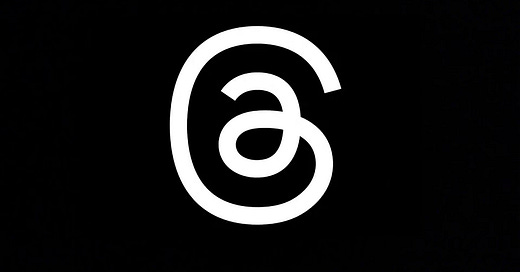


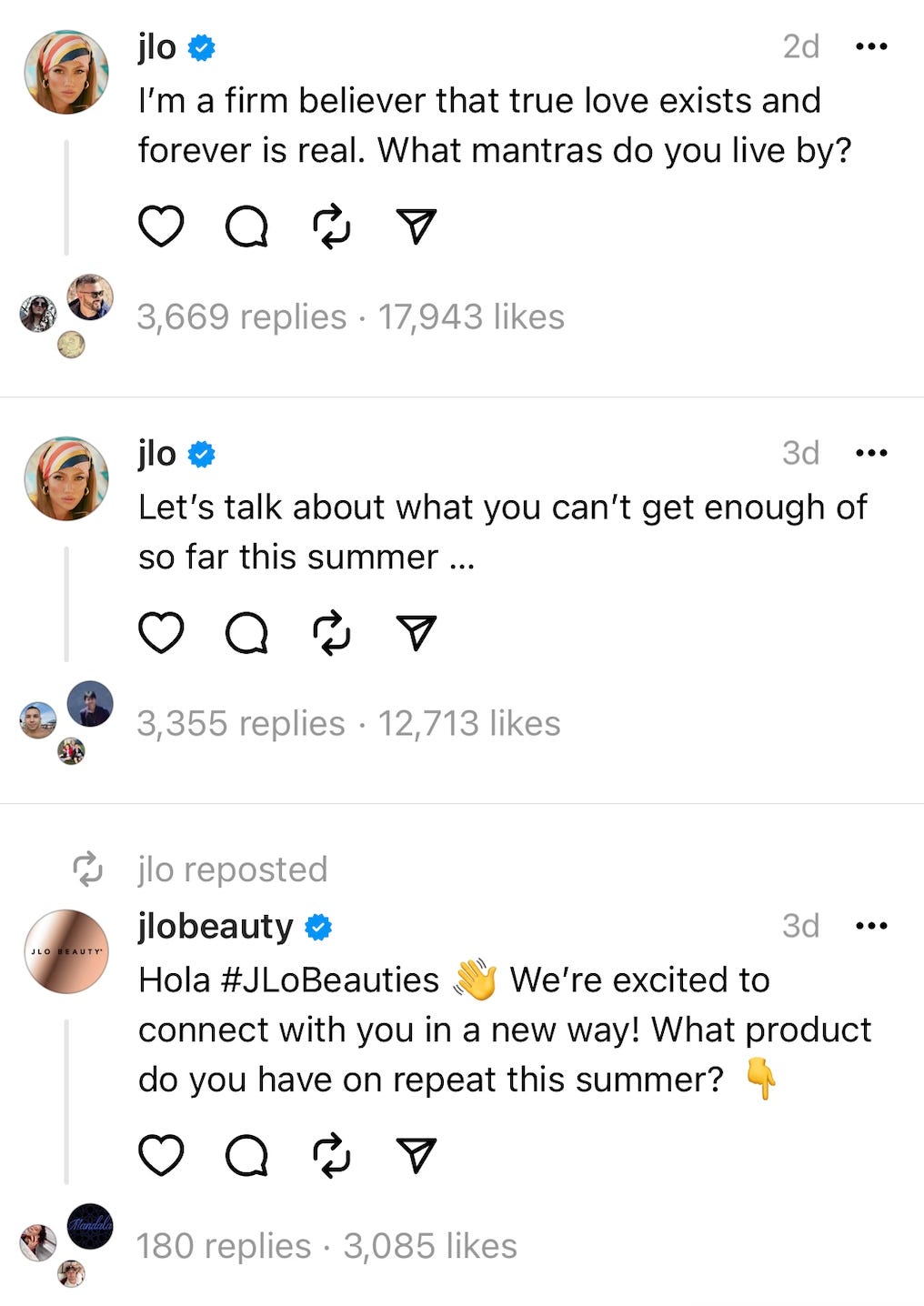
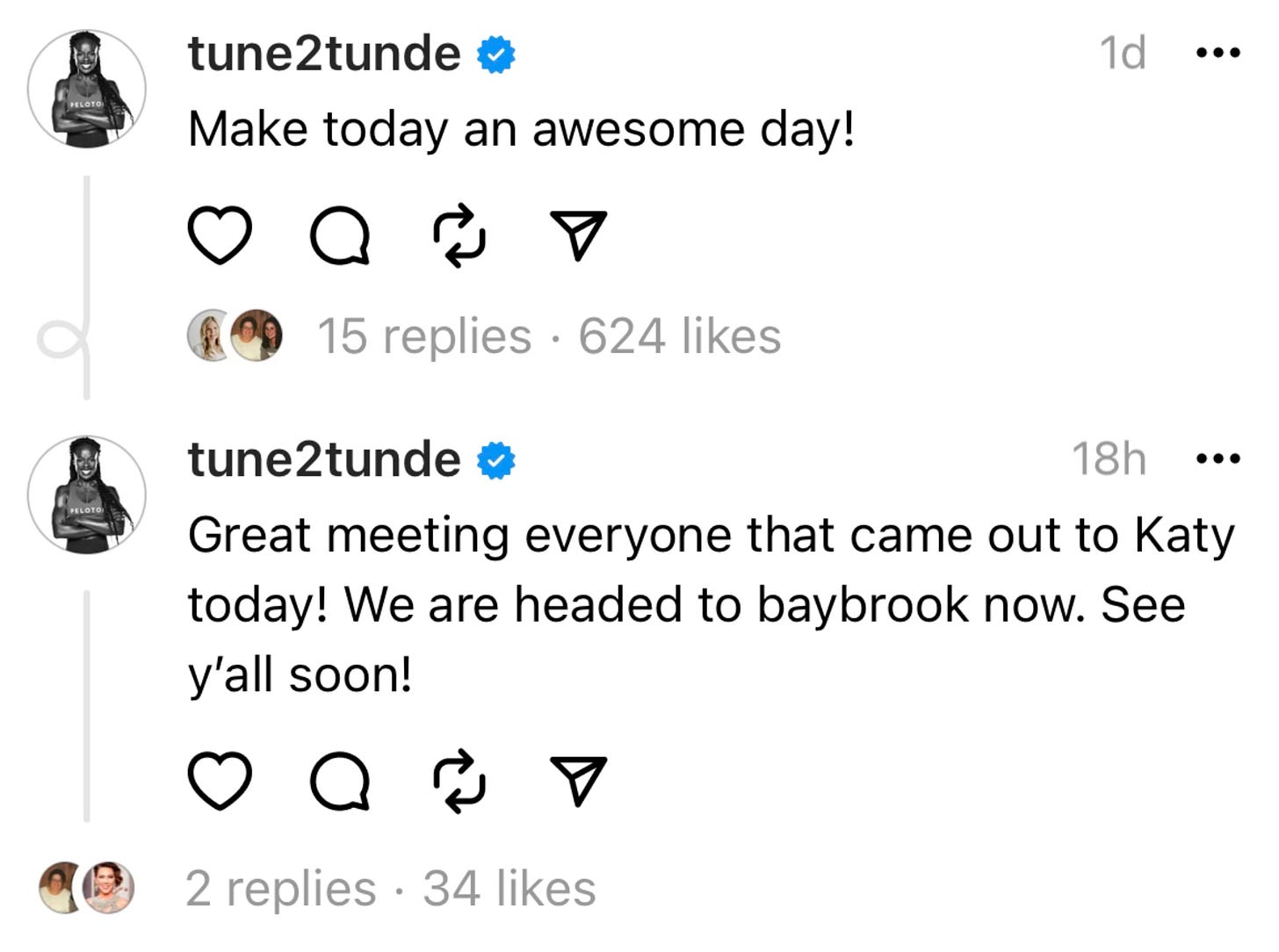
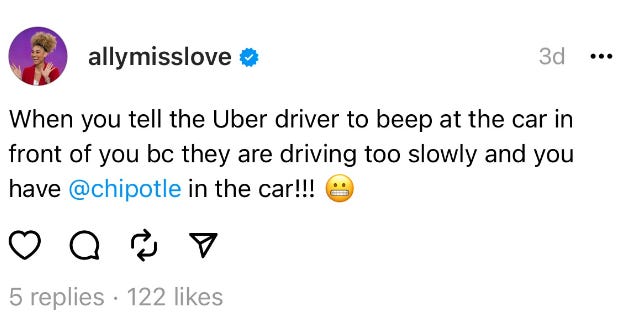
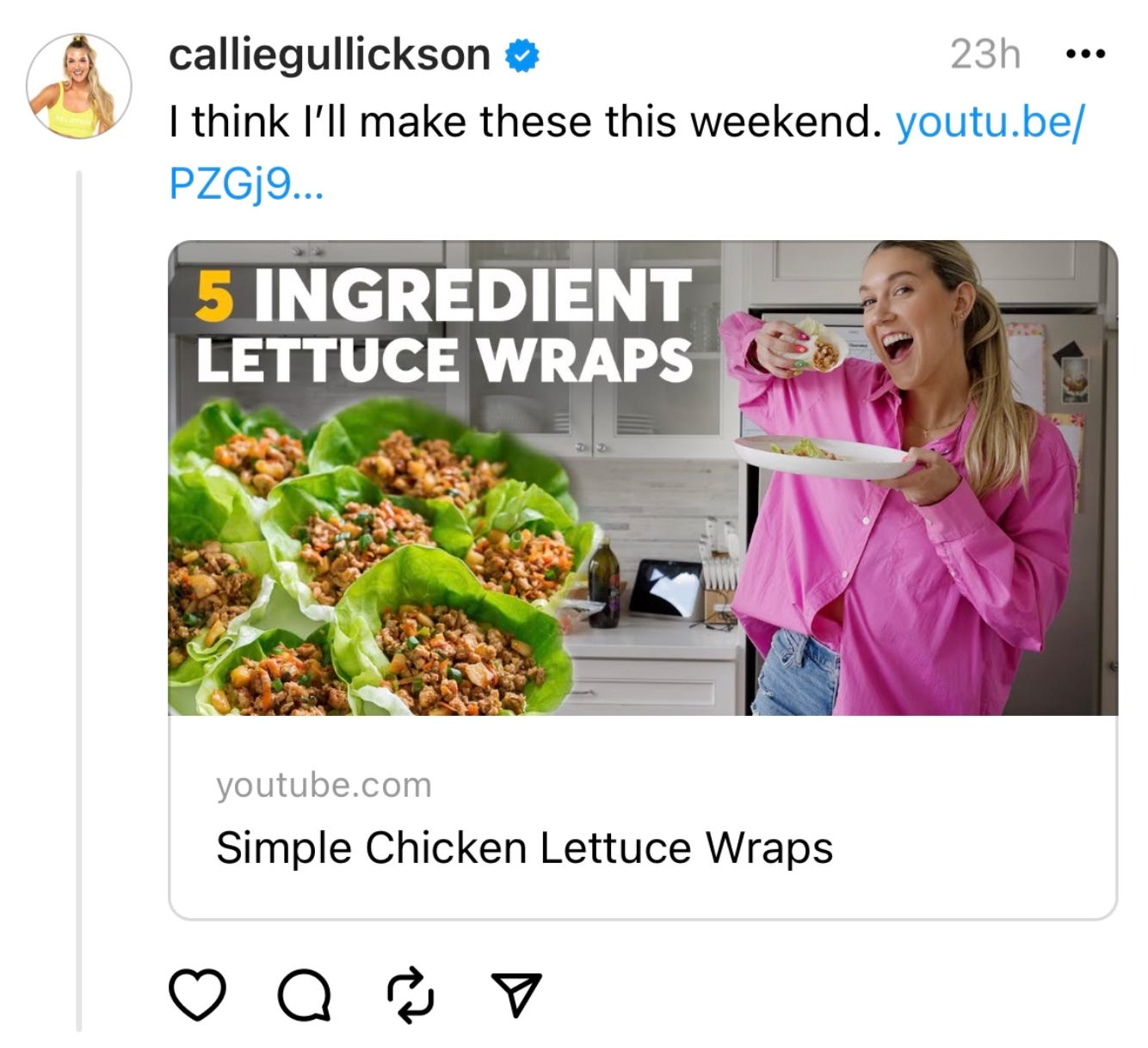

Yes! My experience with Threads has been similar. After the excitement wore off, I realized once again that I'm just tired and want less of this stuff in my life, not more. I truly cannot grasp how so many people seem to have the attention/capacity to read books, write, cook, hang out with people in person etc while also being up to cultural speed on multiple social platforms. A friend tweeted about this very topic yesterday (haha) and it was such a relief to read that it's not just me. /yelling at cloud
I am embarrassed by how much I have been enjoying Threads!! I enjoy watching these chaotic first few days unfold, and watching people wrestle in real time with who they want to be on Threads and who they want OTHER PEOPLE to be to them on this platform. It's fascinating. I also am 10000% more comfortable in a text based medium, as opposed to Instagram, because I am messy and my home is messy and I'm too impatient to craft compelling visuals of just about anything. It's just not my native language, so I'm always fumbling and struggling to communicate. Threads feels easy; I feel like I get what it is, at least right now. But I completely agree about the vibes being just totally unhinged and the content not translating across platforms! It's bizarre to see how something that would have seemed fine on Instagram just falls flat (for me!) on Threads.